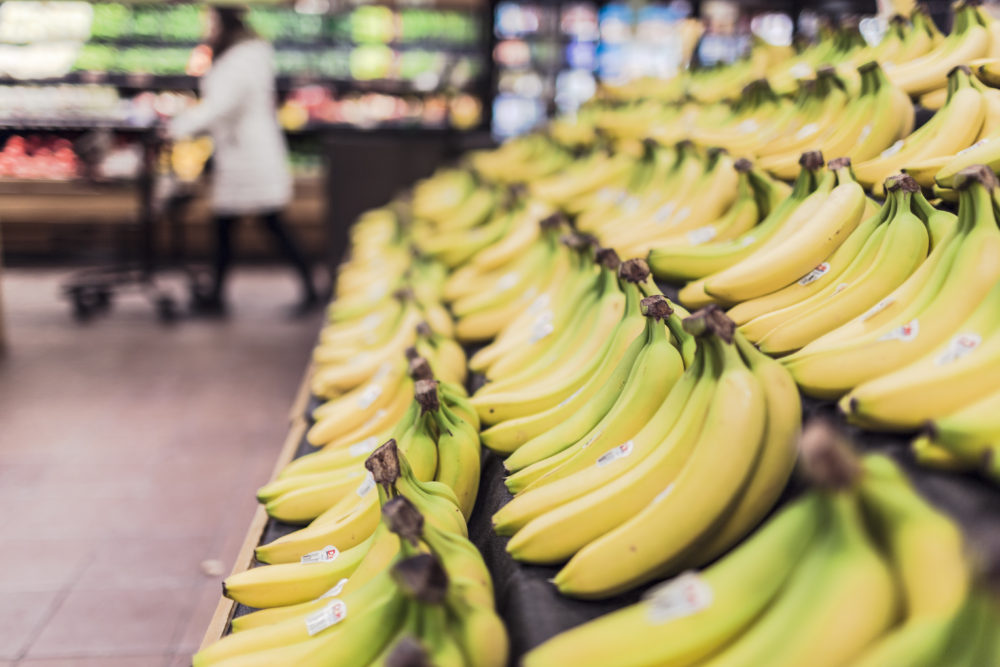Multicultural families spend more on — and travel farther for — fresh food than their non-Hispanic white counterparts, says a new Nielsen summary report.
The study found that multicultural consumers (defined in the study as African Americans, Asian Americans, and Hispanic Americans) prioritize stores offering a large selection of fresh food and, in fact, spend 25% of their entire store spend on perishables.
The Nielsen report reveals how each group shops, who buys what, and how grocers can respond to these trends.
Going the extra mile for the best selection and best price
Multicultural consumers shop far and wide for the best selection of fresh and specialty food items.
Family size and cultural food traditions also influence shopping patterns, with 57% of multicultural consumers buying bulk items at club/warehouse stores. These consumers also buy at traditional grocery and super stores, alongside their non-Hispanic white counterparts.
Grocers recognize multicultural consumer demand for high-quality fresh food, and many are adding favorite brands to their shelves.
Who buys what
Of the multicultural groups identified, all of them purchase a combination of produce, meat, seafood, deli, and bakery items. In particular, here’s what the report found:
- Asian Americans spend the most on perishables and lead all groups in seafood purchases.
- Asian American and Hispanics buy more chicken and bakery items, like bread, rolls, croissants, and specialty desserts.
- African Americans spend more on meat, dry vegetables, and refrigerated juices.
- Hispanics spend more on fresh produce, packaged meat, and juices.
How grocery retailers are responding
In recent years, grocery stores grew their perimeters (where the fresh food is) by 6%, while center aisles grew by 2%. And many are continuing to make more room for perishables. Beyond fresh food, retailers also have an opportunity to offer specialty items, like pre-seasoned pork for carnitas, to appeal to these multicultural consumers.
Overall, fresh food consumption is on the rise — and with the growing multicultural population, the market opportunity continues to grow. In five years, the U.S. multicultural population will increase by approximately 10 million people.
By recognizing these trends, grocers can better cater to all of the populations in their communities.
Source: Nielsen: A Fresh Look into Multicultural Consumers: Refreshing the Retail Landscape
